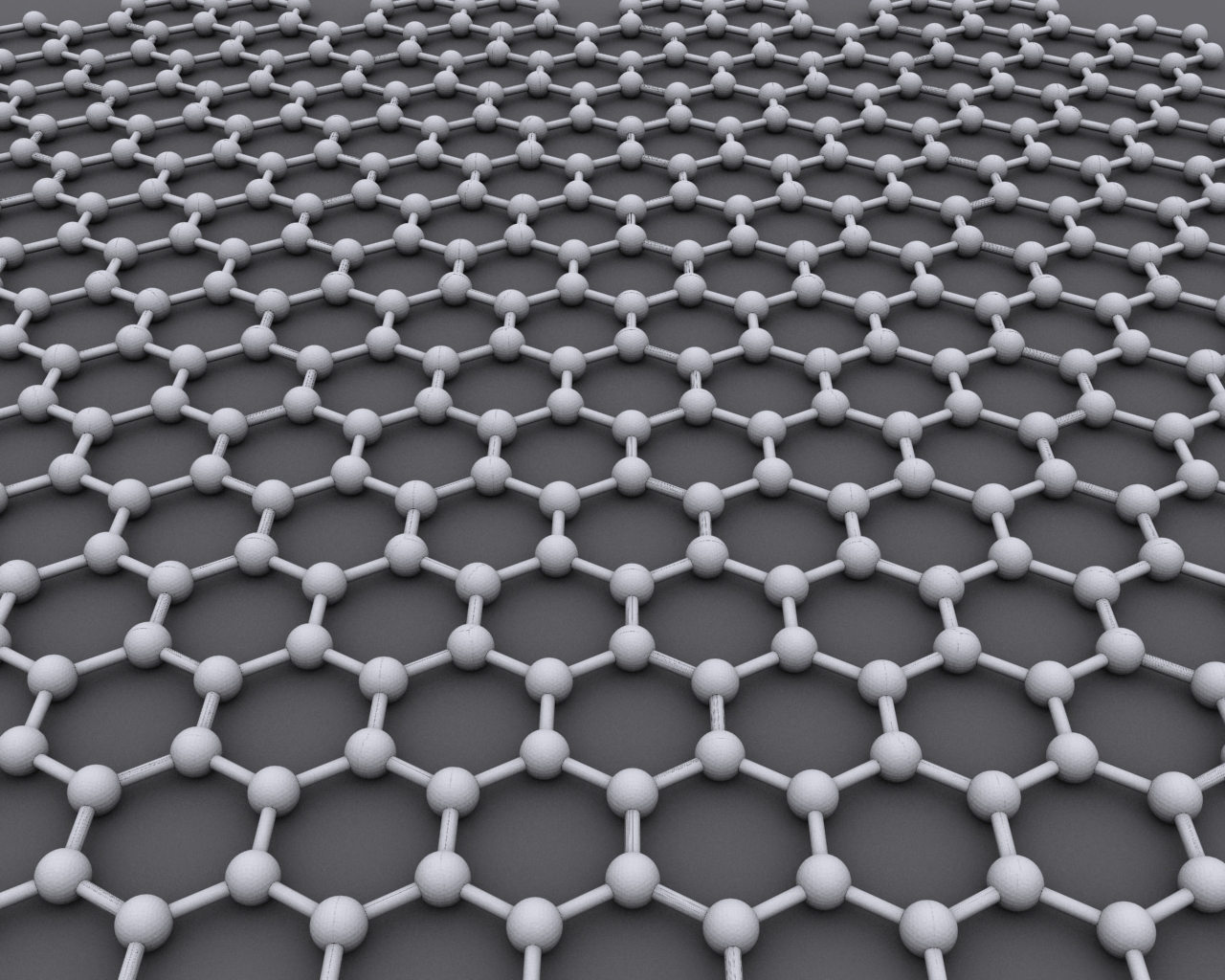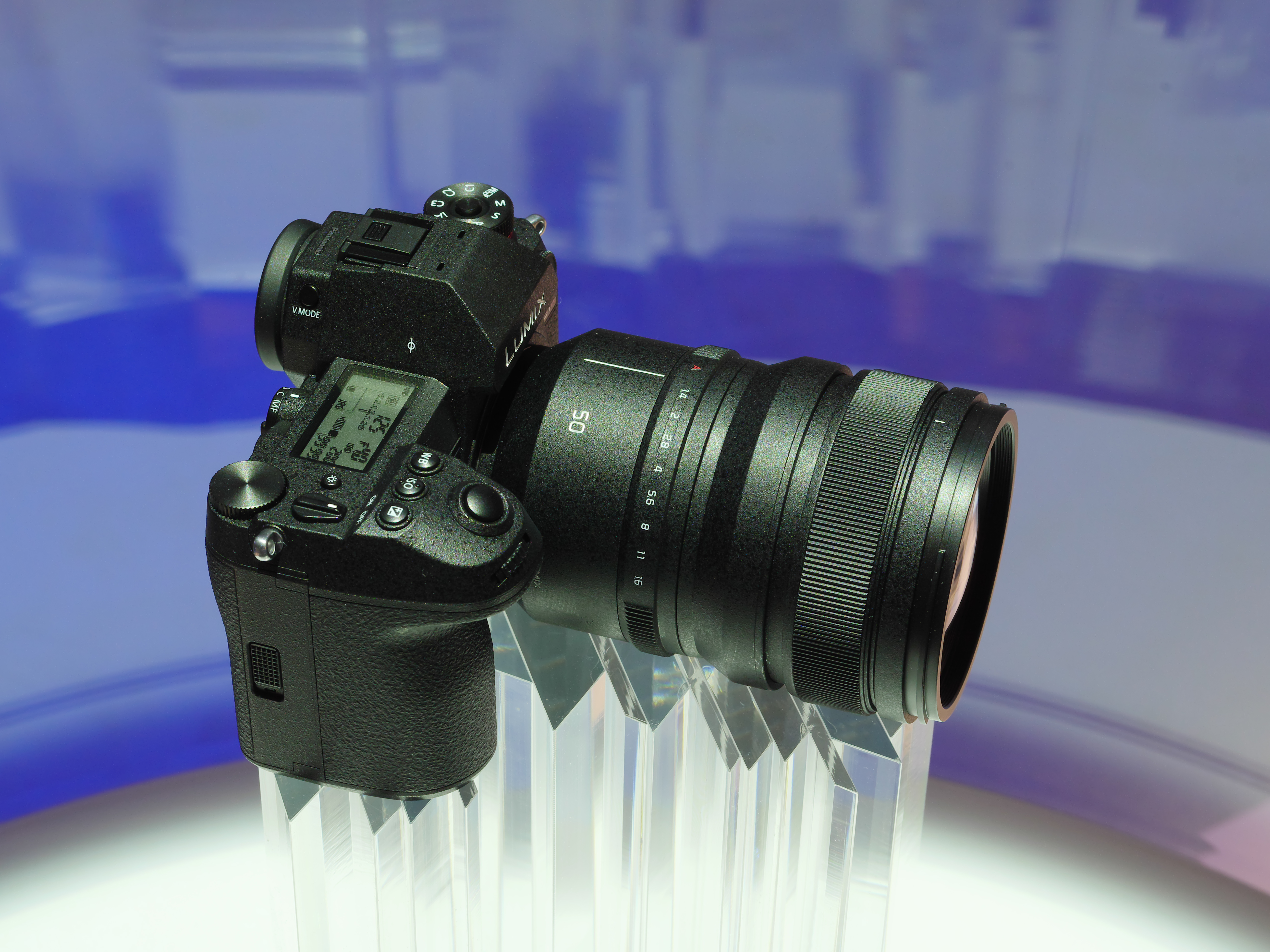|
Heterojunction
A heterojunction is an interface between two layers or regions of dissimilar semiconductors. These semiconducting materials have unequal band gaps as opposed to a homojunction. It is often advantageous to engineer the electronic energy bands in many solid-state device applications, including semiconductor lasers, solar cells and transistors. The combination of multiple heterojunctions together in a device is called a heterostructure, although the two terms are commonly used interchangeably. The requirement that each material be a semiconductor with unequal band gaps is somewhat loose, especially on small length scales, where electronic properties depend on spatial properties. A more modern definition of heterojunction is the interface between any two solid-state materials, including crystalline and amorphous structures of metallic, insulating, fast ion conductor and semiconducting materials. Manufacture and applications Heterojunction manufacturing generally requires the use o ... [...More Info...] [...Related Items...] OR: [Wikipedia] [Google] [Baidu] |
Heterojunction Solar Cell
Heterojunction solar cells (HJT), variously known as Silicon heterojunctions (SHJ) or Heterojunction with Intrinsic Thin Layer (HIT), are a family of solar cell, photovoltaic cell technologies based on a heterojunction formed between semiconductors with dissimilar band gaps. They are a hybrid technology, combining aspects of conventional crystalline solar cells with thin-film solar cells. Silicon heterojunction-based solar panels are commercially mass-produced for residential and utility markets. , Silicon heterojunction architecture has the highest Solar-cell efficiency, cell efficiency for commercial-sized silicon solar cells. In 2022–2024, SHJ cells are expected to overtake Aluminium Back surface field (Al-BSF) solar cells in market share to become the second-most adopted commercial solar cell technology after PERC/TOPCon (Passivated Emitter Rear Cell/Tunnel Oxide Passivated Contact), increasing to nearly 20% by 2032. Solar cells operate by absorbing light, exciting the ... [...More Info...] [...Related Items...] OR: [Wikipedia] [Google] [Baidu] |
Crystalline Silicon
Crystalline silicon or (c-Si) is the crystalline forms of silicon, either polycrystalline silicon (poly-Si, consisting of small crystals), or monocrystalline silicon (mono-Si, a continuous crystal). Crystalline silicon is the dominant semiconducting material used in photovoltaic technology for the production of solar cells. These cells are assembled into solar panels as part of a photovoltaic system to generate solar power from sunlight. In electronics, crystalline silicon is typically the monocrystalline form of silicon, and is used for producing microchips. This silicon contains much lower impurity levels than those required for solar cells. Production of semiconductor grade silicon involves a chemical purification to produce hyper-pure polysilicon, followed by a recrystallization process to grow monocrystalline silicon. The cylindrical boules are then cut into wafers for further processing. Solar cells made of crystalline silicon are often called ''conventional'', ... [...More Info...] [...Related Items...] OR: [Wikipedia] [Google] [Baidu] |
Diode Laser
The laser diode chip removed and placed on the eye of a needle for scale A laser diode (LD, also injection laser diode or ILD or semiconductor laser or diode laser) is a semiconductor device similar to a light-emitting diode in which a diode pumped directly with electrical current can create lasing conditions at the diode's junction. Driven by voltage, the doped p–n-transition allows for recombination of an electron with a hole. Due to the drop of the electron from a higher energy level to a lower one, radiation is generated in the form of an emitted photon. This is spontaneous emission. Stimulated emission can be produced when the process is continued and further generates light with the same phase, coherence, and wavelength. The choice of the semiconductor material determines the wavelength of the emitted beam, which in today's laser diodes range from the infrared (IR) to the ultraviolet (UV) spectra. Laser diodes are the most common type of lasers produced, with a wide ... [...More Info...] [...Related Items...] OR: [Wikipedia] [Google] [Baidu] |
Solar Cell
A solar cell, also known as a photovoltaic cell (PV cell), is an electronic device that converts the energy of light directly into electricity by means of the photovoltaic effect.Solar Cells chemistryexplained.com It is a type of photoelectric cell, a device whose electrical characteristics (such as Electric current, current, voltage, or Electrical resistance and conductance, resistance) vary when it is exposed to light. Individual solar cell devices are often the electrical building blocks of solar panel, photovoltaic modules, known colloquially as "solar panels". Almost all commercial PV cells consist of crystalline silicon, with a market share of 95%. Cadmium telluride thin-film solar cells account for the remainder. The common single-junction silicon solar cell can produce a maximum open-circuit voltage o ... [...More Info...] [...Related Items...] OR: [Wikipedia] [Google] [Baidu] |
Van Der Waals Heterostructures
A two-dimensional semiconductor (also known as 2D semiconductor) is a type of natural semiconductor with thicknesses on the atomic scale. Geim and Novoselov et al. initiated the field in 2004 when they reported a new semiconducting material graphene, a flat monolayer of carbon atoms arranged in a 2D materials, 2D honeycomb lattice. A 2D monolayer semiconductor is significant because it exhibits stronger piezoelectric coupling than traditionally employed bulk forms. This coupling could enable applications. One research focus is on designing nanoelectronic components by the use of graphene as electrical conductor, hexagonal boron nitride as electrical insulator, and a transition metal dichalcogenide as semiconductor. Materials Graphene Graphene, consisting of single sheets of carbon atoms, has high electron mobility and high thermal conductivity. One issue regarding graphene is its lack of a band gap, which poses a problem in particular with digital electronics because it is unab ... [...More Info...] [...Related Items...] OR: [Wikipedia] [Google] [Baidu] |
Herbert Kroemer
Herbert Kroemer (; August 25, 1928 – March 8, 2024) was a German-American physicist who, along with Zhores Alferov, received the Nobel Prize in Physics in 2000 for "developing semiconductor heterostructures used in high-speed- and opto-electronics". Kroemer was professor emeritus of electrical and computer engineering at the University of California, Santa Barbara, having received his Ph.D. in theoretical physics in 1952 from the University of Göttingen, Germany, with a dissertation on hot electron effects in the then-new transistor. His research into transistors was a stepping stone to the later development of mobile phone technologies. Early life Born to a working-class family in Weimar, Germany, Kroemer excelled in physics at school, letting him advance faster than his peers in the subject. Career Kroemer worked in a number of research laboratories in Germany and the United States and taught electrical engineering at the University of Colorado from 1968 to 1976. He joined ... [...More Info...] [...Related Items...] OR: [Wikipedia] [Google] [Baidu] |
Lasing
A laser is a device that emits light through a process of optical amplification based on the stimulated emission of electromagnetic radiation. The word ''laser'' originated as an acronym for light amplification by stimulated emission of radiation. The first laser was built in 1960 by Theodore Maiman at Hughes Research Laboratories, based on theoretical work by Charles H. Townes and Arthur Leonard Schawlow and the optical amplifier patented by Gordon Gould. A laser differs from other sources of light in that it emits light that is ''coherent''. Spatial coherence allows a laser to be focused to a tight spot, enabling uses such as optical communication, laser cutting, and lithography. It also allows a laser beam to stay narrow over great distances (collimation), used in laser pointers, lidar, and free-space optical communication. Lasers can also have high temporal coherence, which permits them to emit light with a very narrow frequency spectrum. Temporal coherence can also b ... [...More Info...] [...Related Items...] OR: [Wikipedia] [Google] [Baidu] |
Panasonic
is a Japanese multinational electronics manufacturer, headquartered in Kadoma, Osaka, Kadoma, Japan. It was founded in 1918 as in Fukushima-ku, Osaka, Fukushima by Kōnosuke Matsushita. The company was incorporated in 1935 and renamed and changed its name to in 2008. In 2022, it reorganized as a holding company and adopted its current name. In addition to consumer electronics, for which it was the world’s largest manufacturer in the late 20th century, Panasonic produces a wide range of products and services, including Rechargeable battery, rechargeable batteries, automotive and avionic systems, industrial equipment, as well as home renovation and construction. The company is listed on the Tokyo Stock Exchange and is a constituent of the Nikkei 225 and TOPIX, TOPIX 100 indices, with a secondary listing on the Nagoya Stock Exchange. Corporate name From 1925 to October 1, 2008, the company's corporate name was "Matsushita Electric Industrial Co." (MEI). On January 10, 2008, ... [...More Info...] [...Related Items...] OR: [Wikipedia] [Google] [Baidu] |
GaAs
Gallium arsenide (GaAs) is a III-V direct band gap semiconductor with a zinc blende crystal structure. Gallium arsenide is used in the manufacture of devices such as microwave frequency integrated circuits, monolithic microwave integrated circuits, infrared light-emitting diodes, laser diodes, solar cells and optical windows. GaAs is often used as a substrate material for the epitaxial growth of other III-V semiconductors, including indium gallium arsenide, aluminum gallium arsenide and others. History Gallium arsenide was first synthesized and studied by Victor Goldschmidt in 1926 by passing arsenic vapors mixed with hydrogen over gallium(III) oxide at 600 °C. The semiconductor properties of GaAs and other III-V compounds were patented by Heinrich Welker at Siemens-Schuckert in 1951 and described in a 1952 publication. Commercial production of its monocrystals commenced in 1954, and more studies followed in the 1950s. First infrared LEDs were made in 1962. Preparatio ... [...More Info...] [...Related Items...] OR: [Wikipedia] [Google] [Baidu] |
Band Gap
In solid-state physics and solid-state chemistry, a band gap, also called a bandgap or energy gap, is an energy range in a solid where no electronic states exist. In graphs of the electronic band structure of solids, the band gap refers to the energy difference (often expressed in electronvolts) between the top of the valence band and the bottom of the conduction band in insulators and semiconductors. It is the energy required to promote an electron from the valence band to the conduction band. The resulting conduction-band electron (and the electron hole in the valence band) are free to move within the crystal lattice and serve as charge carriers to conduct electric current. It is closely related to the HOMO/LUMO gap in chemistry. If the valence band is completely full and the conduction band is completely empty, then electrons cannot move within the solid because there are no available states. If the electrons are not free to move within the crystal lattice, then there ... [...More Info...] [...Related Items...] OR: [Wikipedia] [Google] [Baidu] |
Homojunction
A homojunction is a semiconductor interface that occurs between layers of similar semiconductor material;Yang 1978, p. 141. these materials have equal band gaps but typically have different doping. In most practical cases a homojunction occurs at the interface between an n-type ( donor doped) and p-type (acceptor doped) semiconductor such as silicon, this is called a p–n junction. This is not a necessary condition as the only requirement is that the same semiconductor (same band gap) is found on both sides of the junction, in contrast to a heterojunction. An n-type to n-type junction, for example, would be considered a homojunction even if the doping levels are different. The different doping level will cause band bending, and a depletion region will be formed at the interface, as shown in the figure to the right. See also * Transistor * p–n junction * Band bending * Doping (semiconductor) In semiconductor production, doping is the intentional introduction of ... [...More Info...] [...Related Items...] OR: [Wikipedia] [Google] [Baidu] |






